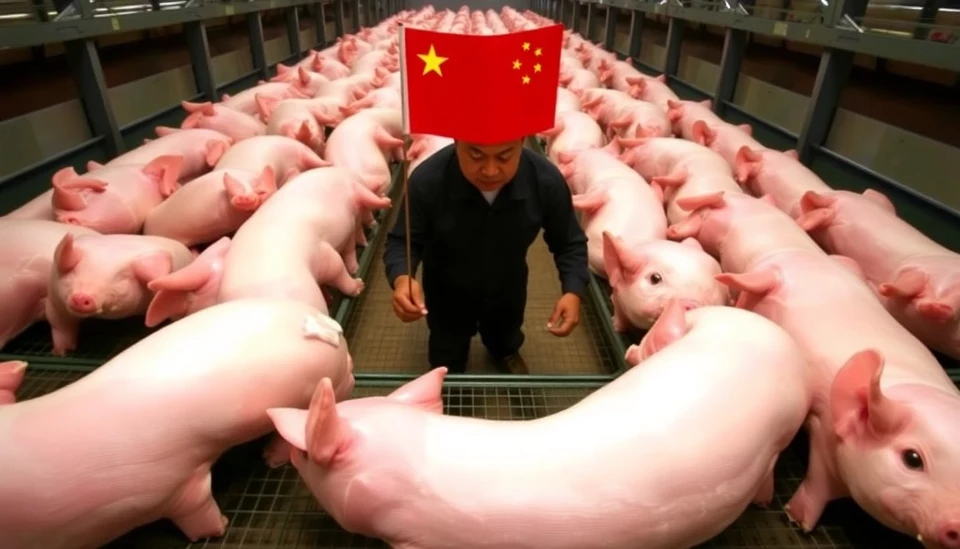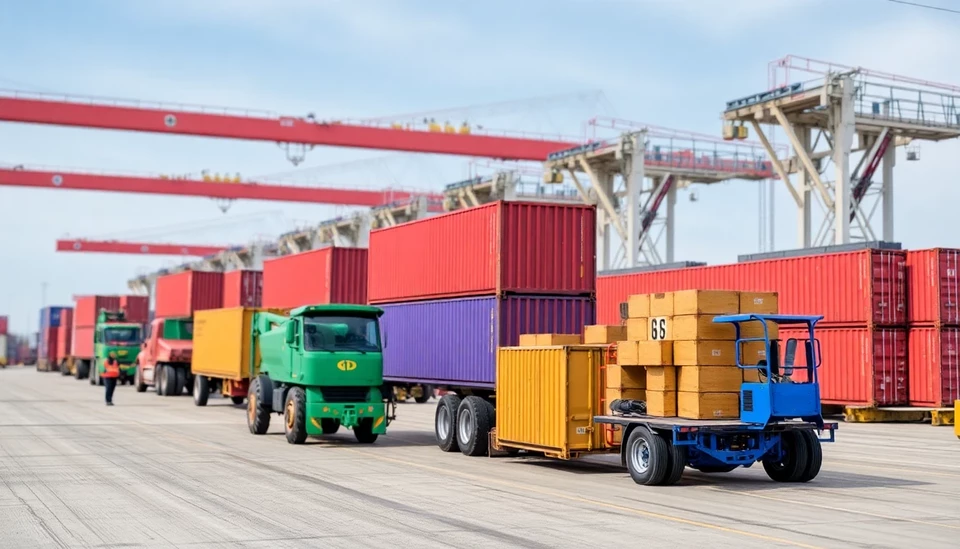
In a striking turn of events, the U.S. economy is facing the dual threat of inflation and stagnation, a phenomenon referred to as stagflation. Recent tariffs imposed by former President Donald Trump have exacerbated this situation, leading to significant repercussions across various sectors of the economy. The collision of high inflation with stagnant economic growth is not only challenging for policymakers but also poses deep uncertainties for consumers and businesses alike.
The backdrop of this economic crisis can be traced back to Trump’s implementation of trade tariffs aimed at protecting American industries. While these tariffs were initially positioned as a means to bolster domestic production, they have inadvertently contributed to rising prices nationwide. As manufacturers faced increased costs for imported goods, many passed these costs onto consumers, resulting in steep increases in the price of everyday items.
The current inflation rate in the U.S. has been reaching levels not seen in decades, owing to a combination of global supply chain disruptions and the post-pandemic recovery. Coupled with high energy prices and increased consumer demand, the effects of these tariffs are manifesting in various ways, creating a challenging economic landscape.
Analysts are warning that the combination of decreased consumer purchasing power and rising production costs could lead to a prolonged period of economic stagnation. Businesses are grappling with reduced profit margins, and the uncertainty surrounding future economic policies adds to the overall bleak outlook. This scenario is particularly alarming as it raises questions regarding the Federal Reserve's ability to manage inflation without triggering further economic decline.
Economists are now debating potential pathways to alleviate these pressures. Some suggest a recalibration of trade policies that would ease tariffs to foster a more inclusive economic environment. However, this approach raises concerns over the potential backlash from domestic industries that have come to rely on protectionist measures. Others propose targeted fiscal stimulus to revive consumer demand while simultaneously implementing tighter monetary policies to control inflation.
The repercussions of these economic conditions are already being felt by ordinary Americans, as households are forced to navigate a landscape of rising costs and shrinking wages. Many are finding it increasingly difficult to make ends meet, particularly as wage growth has not kept pace with inflation. This economic turmoil underscores the ongoing challenges in achieving a balanced approach to economic recovery and economic resilience.
As the nation grapples with these complex issues, the intersection of policy, economic theory, and practical impacts is coming to the forefront of discussions among economists, policymakers, and citizens alike. The journey ahead promises to be fraught with challenges, as the U.S. seeks to unravel the effects of past decisions while carefully crafting policies that will stabilize and rejuvenate the economy.
The discussion around this historic stagflationary shock serves as a reminder of the delicate economic interplay at work and the far-reaching implications of government policy on everyday life.
In conclusion, the road to economic recovery may be long and winding, requiring innovative solutions and cooperative efforts across multiple sectors to overcome the challenges posed by this extraordinary economic environment.
#Economy #Stagflation #Inflation #TrumpTariffs #USPolitics #TradePolicy #FinancialCrisis #EconomicRecovery
Author: Daniel Foster




